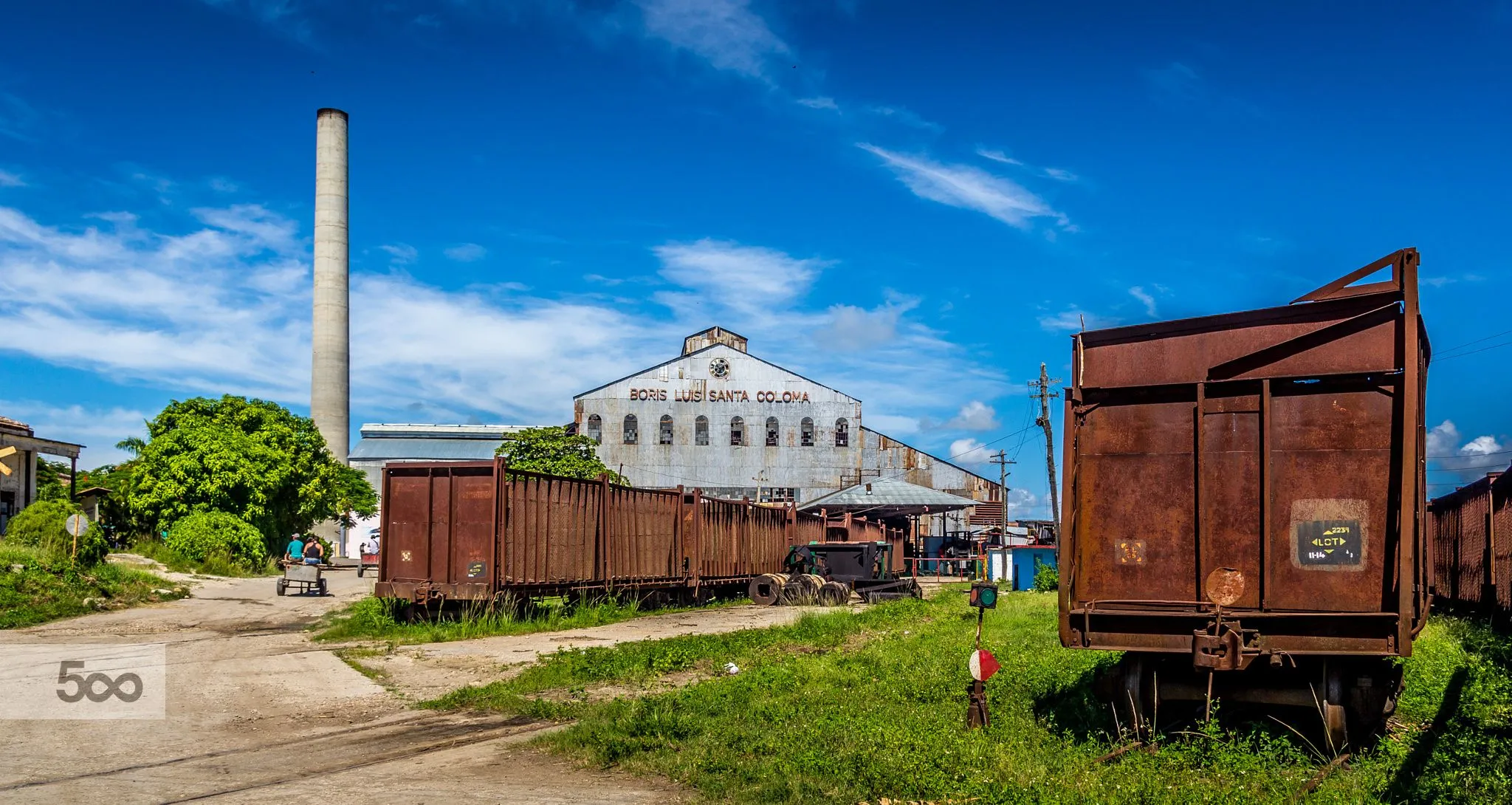Cuba’s sugar output plummeted to an all-time low of 400,000 tons in 2023, marking a significant decline from its historical peak.
Previously, sugar was Cuba’s economic cornerstone, surpassing even cigars in value.
Back in 1960, production soared to nearly 7 million tons under Fidel Castro’s early rule, leading the world.
By 1993, Cuba was among the top five global sugar producers. However, the industry faltered post-Soviet Union collapse, dropping Cuba to 37th place.
Sugar remains vital, yet the nation struggles to be self-sufficient, heavily relying on imports for basic food needs.
USDA reports show Cuba’s rice and chicken productions cover a mere fraction of domestic consumption.
This paints a broader picture of agricultural challenges, emphasizing the sugar industry’s impact on Cuba’s economy and food security.
The downturn mirrors larger economic woes, tracing back to when sugar symbolized Cuba’s strength.

The 1960s boom highlighted Cuba’s export prowess.
Yet, global market shifts and outdated practices led to the decline, worsened by the Soviet Union’s fall. Cuba’s sugar dependency exposed it to market and trade vulnerabilities.
Reviving the sugar sector is pivotal for Cuba’s recovery, promising agricultural growth, food security, and reduced import reliance.
It could also reposition Cuba in the sugar trade, inviting new trade and investment opportunities.
Cuba’s sugar narrative underscores the need for innovation and adaptability in economic and agricultural strategies.
As Cuba faces its future, the sugar industry’s evolution will signal broader economic and policy shifts, underscoring the critical need for diversification and modernization.

